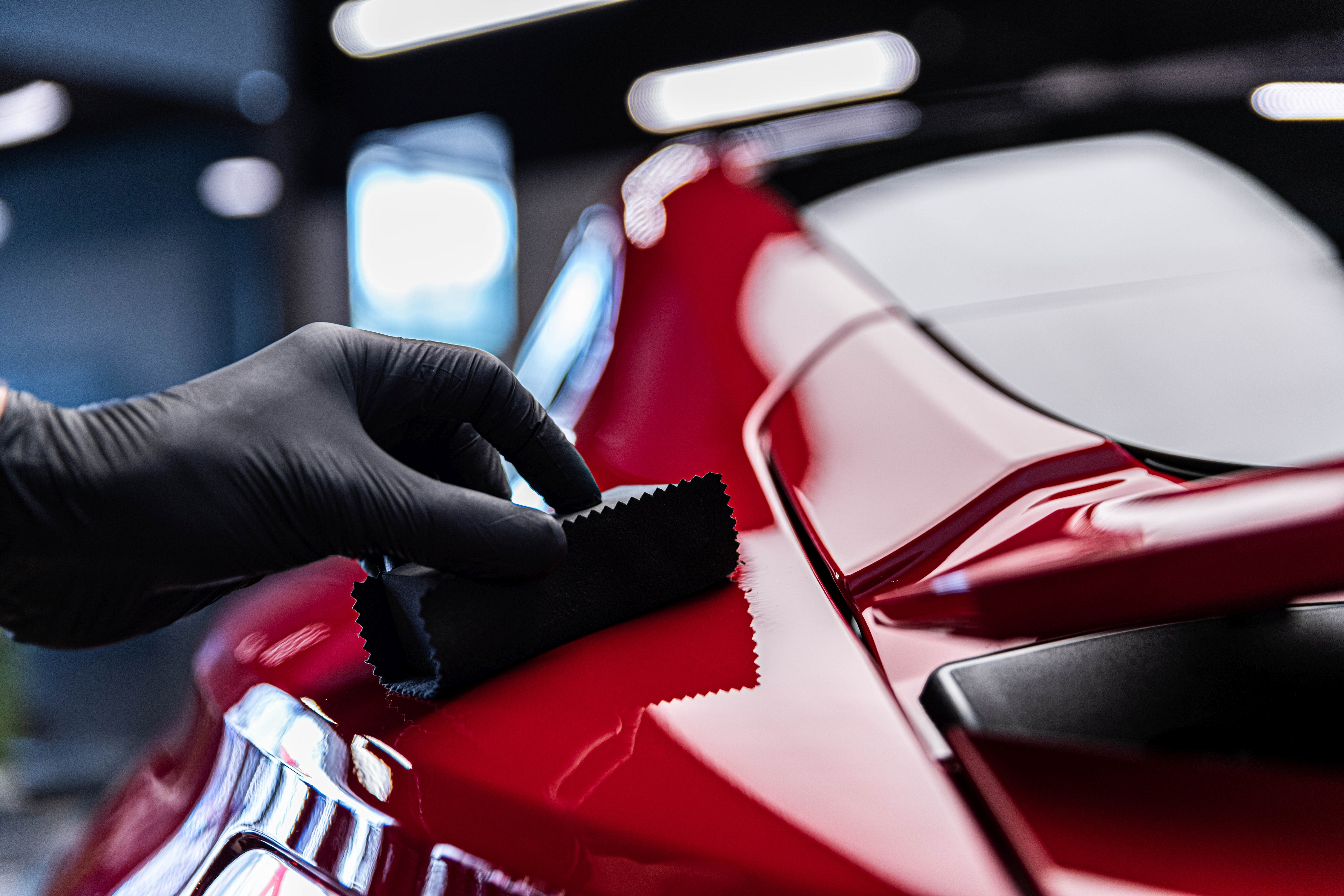Experience fast scratch repair Sarasota for a restored vehicle finish.
Experience fast scratch repair Sarasota for a restored vehicle finish.
Blog Article
A Comprehensive Guide to the Kinds Of Ceramic Finish on the marketplace
Ceramic layers have actually arised as a critical service throughout various industries due to their one-of-a-kind properties and applications. As we explore the unique characteristics and applications of these coatings, the effects for efficiency and long life become progressively noticeable, raising questions about which kind may best match your needs.
Comprehending Ceramic Coatings
Ceramic coverings are advanced protective solutions that have gained appeal in various industries, particularly in automobile and aerospace applications. These coatings consist of a liquid polymer that, when healed, creates a sturdy, hydrophobic layer on the surface area of the substratum. This layer offers improved resistance to environmental impurities, UV radiation, and chemical direct exposure, thereby expanding the life and visual allure of the underlying material.
The essential component of ceramic coatings is silica, which adds to their solidity and durability. The application procedure normally includes surface area preparation, application of the layer, and curing, which can be accomplished through heat or UV light. Once healed, ceramic coverings exhibit remarkable bonding buildings, enabling them to stick strongly to a variety of surfaces, consisting of metals, plastics, and glass.
Along with their protective attributes, ceramic layers also provide simplicity of maintenance. Their hydrophobic nature reduces the adherence of dust and grime, making cleansing simpler and less constant. In general, the fostering of ceramic finishes stands for a significant development in surface defense innovation, providing both practical and visual advantages throughout numerous markets.
Kinds Of Ceramic Coatings
Various kinds of ceramic layers are offered, each made to satisfy details performance requirements and applications - Auto Detailing. The most common types include:
Silica-based Coatings: These coverings mostly contain silicon dioxide and are understood for their durability and chemical resistance. They are commonly made use of in auto and industrial applications.
Titanium Dioxide Coatings: Renowned for their photocatalytic homes, titanium dioxide finishes are frequently used in settings where self-cleaning and antifungal properties are preferable, such as in structure materials and automotive finishes.
Zirconia Coatings: Identified by their high-temperature security and thermal resistance, zirconia finishes are used in applications such as wind turbine engines and high-performance automobile parts.
Alumina Coatings: Displaying exceptional hardness and thermal security, alumina layers are often utilized in wear-resistant applications, including cutting tools and commercial equipment. - scratch repair sarasota
Hybrid Coatings: Combining the residential properties of numerous materials, hybrid coverings use improved efficiency features, making them ideal for distinct and requiring applications.
Each kind of ceramic finish offers distinctive purposes, permitting users to choose one of the most appropriate option based upon particular ecological conditions and performance requirements.
Benefits of Ceramic Coatings
Coatings play a critical function in enhancing the efficiency and longevity of surfaces throughout various sectors. Ceramic coverings, specifically, offer countless benefits that make them increasingly popular among suppliers and consumers alike. Among the primary advantages is their extraordinary sturdiness. These coatings are resistant to scrapes, chemicals, and UV rays, guaranteeing that the underlying surface stays safeguarded in time.
In enhancement to durability, ceramic finishings supply superb hydrophobic buildings, enabling very easy cleansing and upkeep. This water-repellent nature reduces the adherence of dirt, grime, and other impurities, which can prolong the visual charm and functionality of the surface area. Ceramic finishings can dramatically enhance thermal resistance, making them suitable for applications that endure high temperatures.

Application Process
When using ceramic coverings, a meticulous strategy is vital to attain optimum outcomes. A clean surface area makes sure correct adhesion of the layer.
As soon as the surface area is prepped, the next step is to use the ceramic covering. The finishing should be used in slim layers, as thicker applications can lead to irregular finishes.
After application, the finishing needs a specific curing time, read review usually varying from a couple of hours to a complete day, depending on the product. During this moment, it is essential to prevent direct exposure to moisture or pollutants. Ultimately, a mild buffing may be necessary after healing to improve the gloss and get rid of any type of high places. Following these steps faithfully will maximize the efficiency and durability of the ceramic finish, supplying a sturdy safety layer for the surface.
Upkeep and Durability
To make sure the durability and performance click over here of a ceramic coating, normal upkeep is essential. Ceramic coverings, recognized for their durability and protective qualities, need particular care routines to optimize their life expectancy and performance.
In enhancement to routine washing, regular assessments are critical. Look for indications of wear or damage, such as hydrophobic residential properties decreasing or surface area imperfections. If needed, a light polish might be applied to invigorate the coating without stripping it away.
Moreover, the application of a booster spray can enhance the finishing's hydrophobic effects and recover its gloss. This is especially beneficial for hop over to these guys finishings that have remained in use for a prolonged period. Eventually, by adhering to these maintenance methods, one can substantially prolong the life of a ceramic finish, making certain that it proceeds to provide optimum security against environmental elements and preserve the aesthetic appeal of the automobile.
Final thought

Report this page